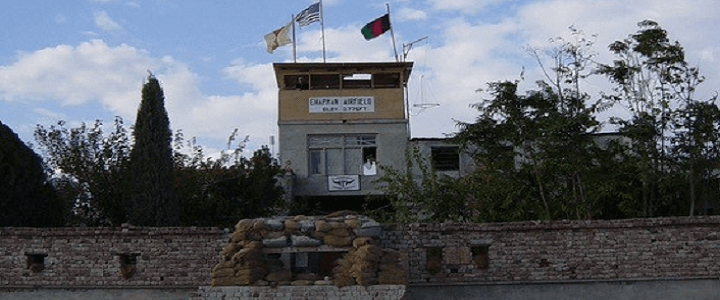Napoleon observed that an army moves on its stomach. Feeding soldiers in the field has always been one of the largest logistical challenges a commander has had to face in wartime. That challenge is especially daunting when the troops expect a certain menu, and they do on Thanksgiving. There’s nothing quite like Thanksgiving in the field to bring a unit together.
Right now, those deployed U.S. service members include approximately 14,000 in Afghanistan, another 5,000 in Iraq, 2,000 in Syria, and as many as 7,200 on the U.S. border with Mexico. Yes, those reports that U.S. Army North would begin sending troops home this week were misinterpreted, and the mission continues.
300 Thousand Pounds of Thanksgiving Goodness
Being away from your family for a holiday is no fun, but the Department of Defense has always done its best to make Thanksgiving something special. This year is no exception. The Defense Logistics Agency, the organization charged with managing the DOD’s global supply chain, has been planning since May to provide a little bit of home to each of those deployed soldiers, sailors, airmen, and Marines.
The DLA has shipped 300,000 pounds worth of traditional Thanksgiving fare worldwide this year. The total bill includes:
- 9,738 whole turkeys
- 51,234 pounds of roasted turkey
- 74,036 pounds of beef
- 21,758 pounds of ham
- 16,284 pounds of sweet potatoes
- 67,860 pounds of shrimp;
- 81,360 pies
- 19,284 pounds of cake
- 7,836 gallons of eggnog
- “many other holiday treats”
For many of the troops stationed at remote base camps in the Middle East, this food will arrive by what has become known as “the turkey bird,” a helicopter on a special route to deliver the goods.
But once upon a time, my team and I worried about whether the turkey bird would arrive at our small camp, and we took matters into our own hands.
Thanksgiving when we were making it up as we went along
In November 2002, I was at Chapman Airfield in Afghanistan’s Khost Province. Chapman is now known as the site of the deadly 2009 suicide bomb attack that killed four CIA officers and two contractors. That Thanksgiving, however, it consisted only of a small CIA contingent, a JSOC team, a Special Forces ODA, my Civil Affairs team, and a scout platoon from the 82nd Airborne Division for perimeter security. And we were determined to make it a Thanksgiving to remember.
One of our interpreters located a nearby farmer who raised turkeys. We bought a dozen of them and set up our own temporary turkey farm using Hesco bastions as pens for the birds, although we learned that a week is insufficient time to “fatten up” a turkey. A few days before the holiday, my team and I visited the bazaar in Khost City and conducted a little civil-military relations.
Here’s the reality of food prices in places like Afghanistan versus the developed world: I bought enough fresh produce—potatoes, carrots, peppers, etc.—to feed our entire camp… all for $25. Fresh-baked naan bread was $1 for 10 pizza-sized pieces.
We ate like kings. and then the turkey bird arrived, and we ate again.
There have been many memorable Thanksgivings in my lifetime, and I’ll always cherish the childhood memories of cramming all my cousins into my grandparents tiny duplex in suburban Philadelphia. But for the sheer uniqueness of the experience, and the everlasting memories, nothing will compare to that feast at Chapman Airfield.
I bid you all a Happy Thanksgiving, but especially the men of CATA-6. Airborne all the way, boys.




